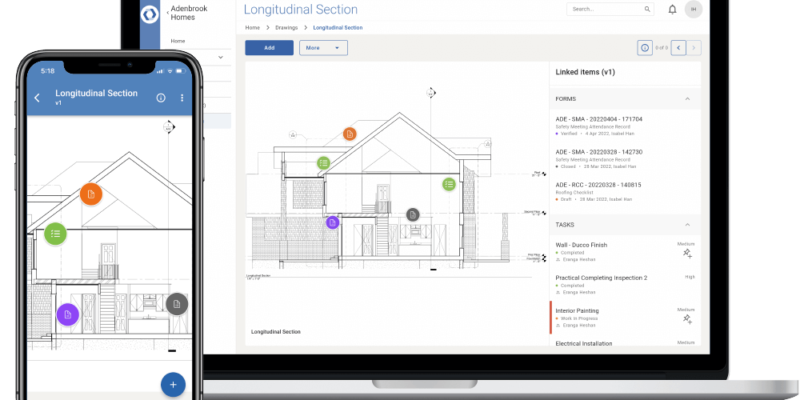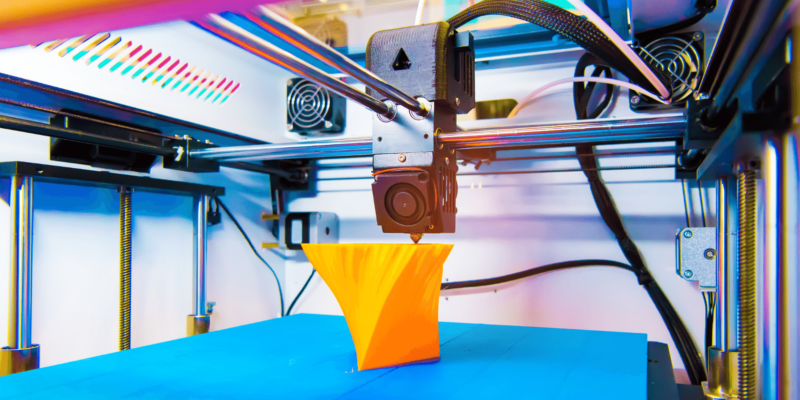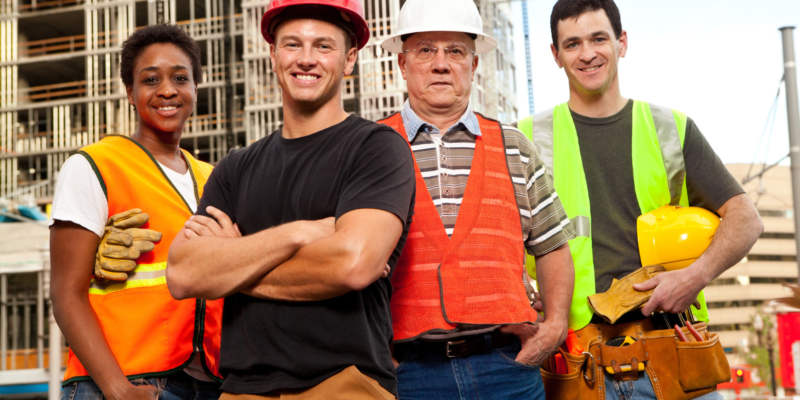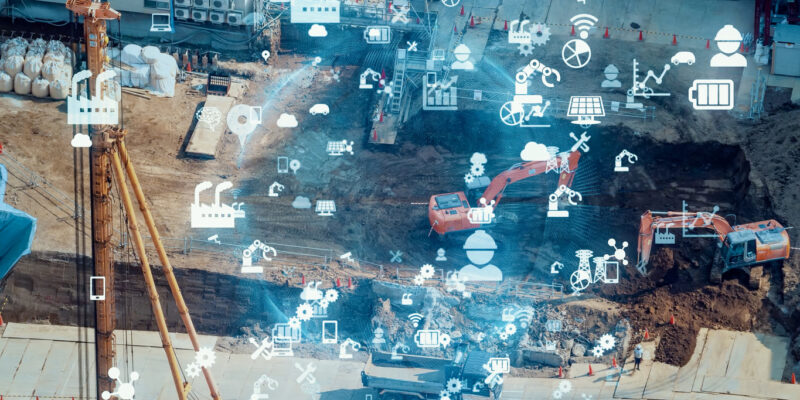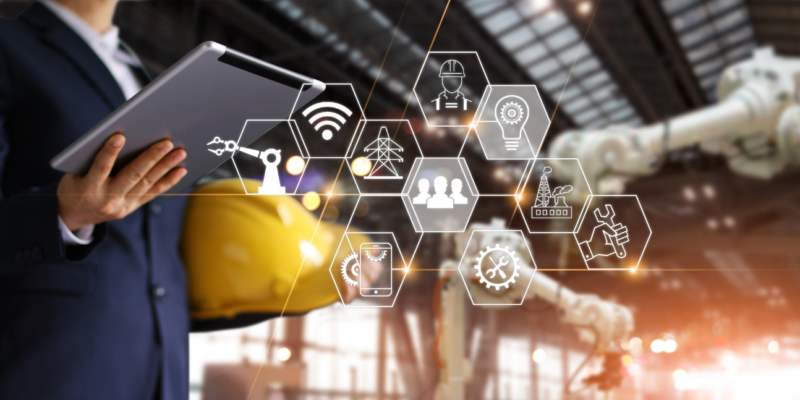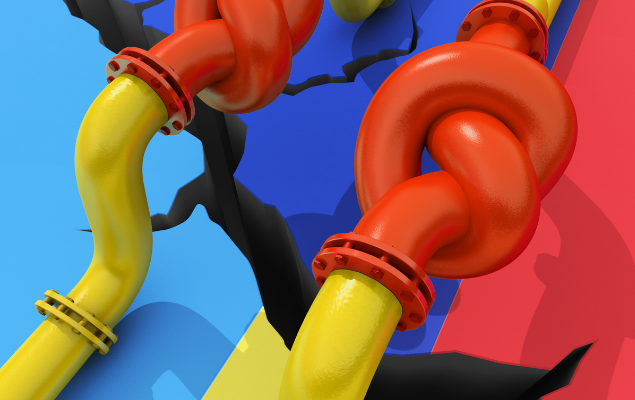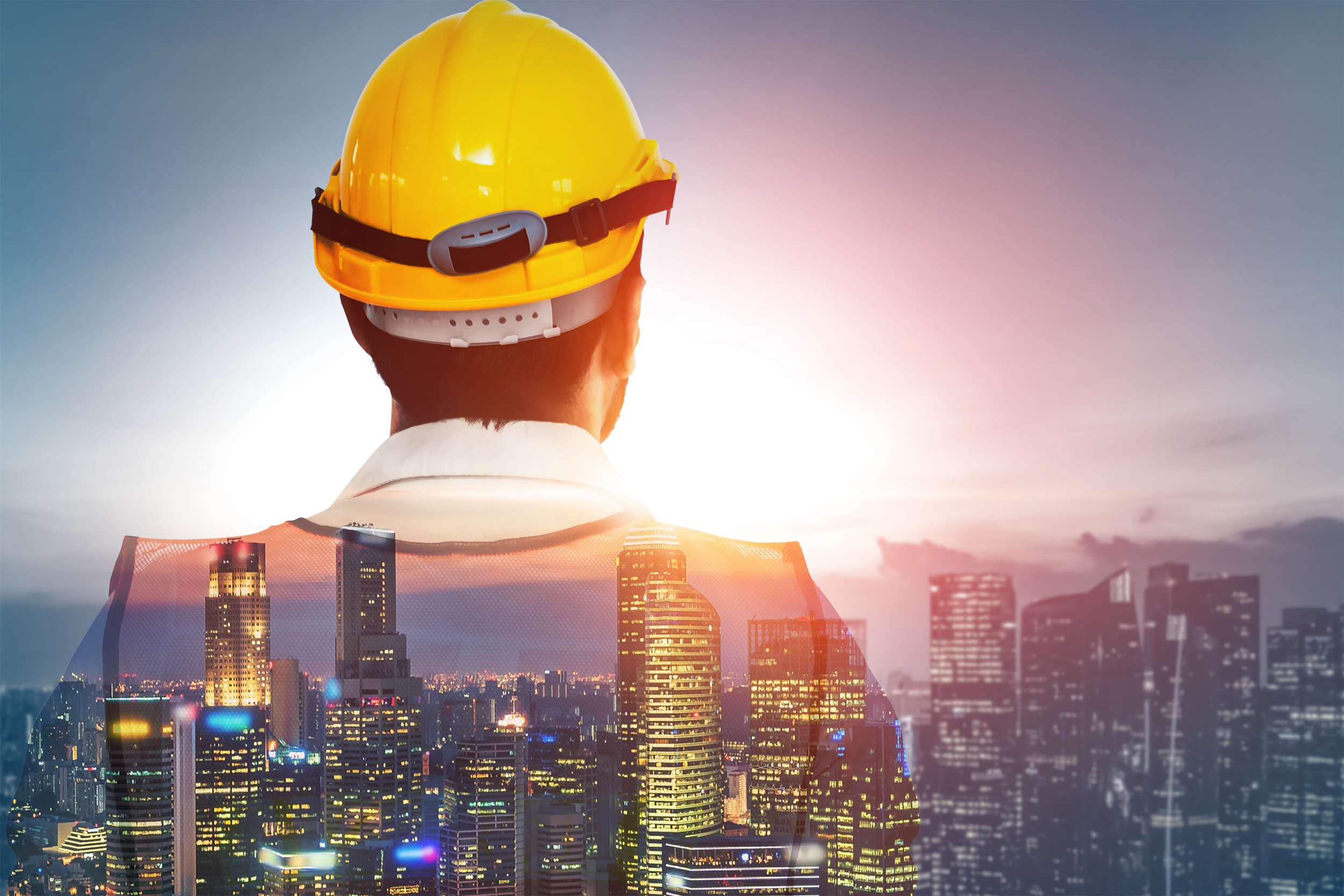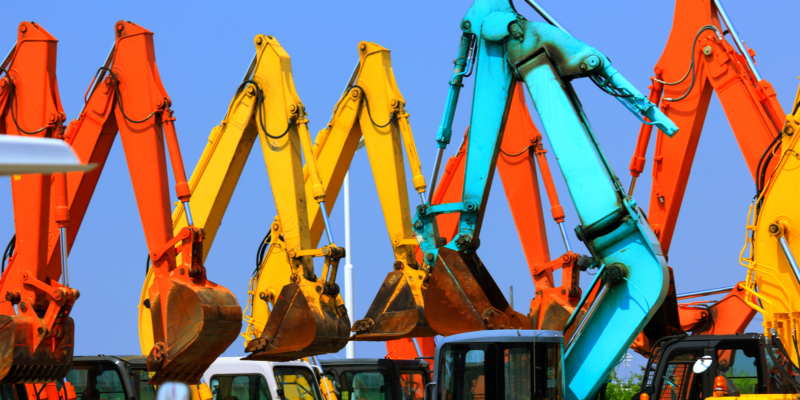Imagine being able to upload all of the information about a jobsite to an app in 15 minutes or less. You’d have everything you need right at your fingertips: the building plans, the layout, the stage of construction, and even photos of where things were. Thanks to as-built capture technology and drawing apps like Novade, this is no longer a work of imagination. Construction companies around the world are using it daily to improve safety, efficiency, and communication.
No More Jobsite Walk
We all know time is money, and jobsite walks are extremely time consuming. First you have to get to the jobsite, and then once you’re there it’s an exhausting list of inspecting individual elements, taking hundreds of photos, uploading them (which can take hours), and then comparing them with the original blueprints. Then, of course, you have to repeat these steps with each new phase of development.
As-built capture technology is getting rid of this chore. Using laser scanners, 3D reality capture cameras, and coordinated measuring machines, contractors now have a wide variety of tools readily available to quickly and efficiently gather information from their sites.
Simple Tech
The best part of as-built capture technology is that it’s incredibly simple to use for the less-than-tech-savvy among us. For instance, OpenSpace is a reality capture software system that automatically maps jobsite photos to building plans. A contractor simply has to strap their 360 degree camera to their hardhat, turn it on, and do a simple walk through the jobsite – no photos, notes, or additional walkthroughs required.
In under 15 minutes, the imagery is uploaded to the app and connected to the plans. This is great for companies that regularly upgrade or remodel the same buildings every few years, because the building layouts and plans can be reused for decades.
Laser Scanners
Lasers are no longer the thing of sci-fi thrillers; they’re regularly being used in construction and other industries to capture precise measurements. Companies like FARO have developed laser scanners that allow users to create 3D maps of the building or jobsite in real time. They’ve also used this technology to create a laser projector, which can accurately project a laser outline onto a 3D surface, which is then used for prefabrication applications. One of their newest products is the Boston Dynamics Spot Mobile Robot, which allows for autonomous scanning by a robot and is perfect for unknown or dangerous worksites.
Safety & Efficiency
As-built technology does more than just save time by eliminating jobsite walkthroughs. A picture is worth 1,000 words, and having real time 3D images readily available for review allows for increased accountability. It also improves conflict resolution and communication for your entire crew. With decreased travel costs and the reduced risk for workers due to fewer unknown or dangerous situations, we expect as-built technology to continue to rise in popularity at job sites across the country.
At Steadfast, LLC, we are always looking for the best people, technology, and equipment to make your job run as safely and smoothly as possible. If you’re in need of quality staffing or equipment rentals, contact us today! With our decades of experience and vast network of brands, we have the modern solution to any of your smart construction needs.

